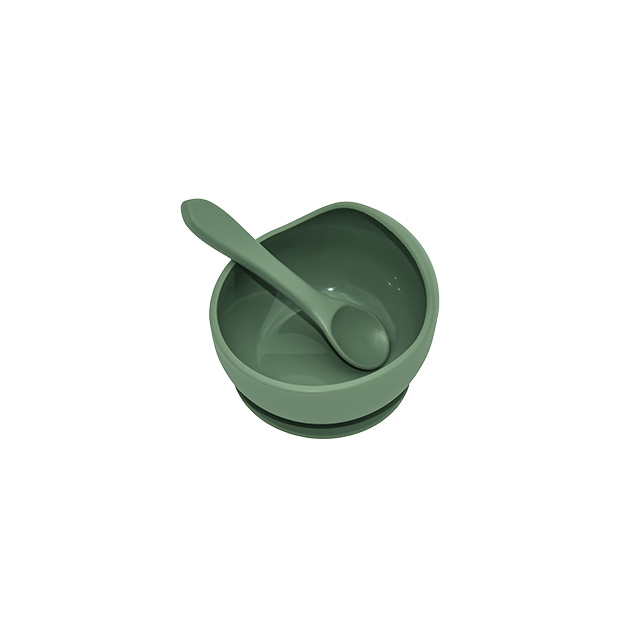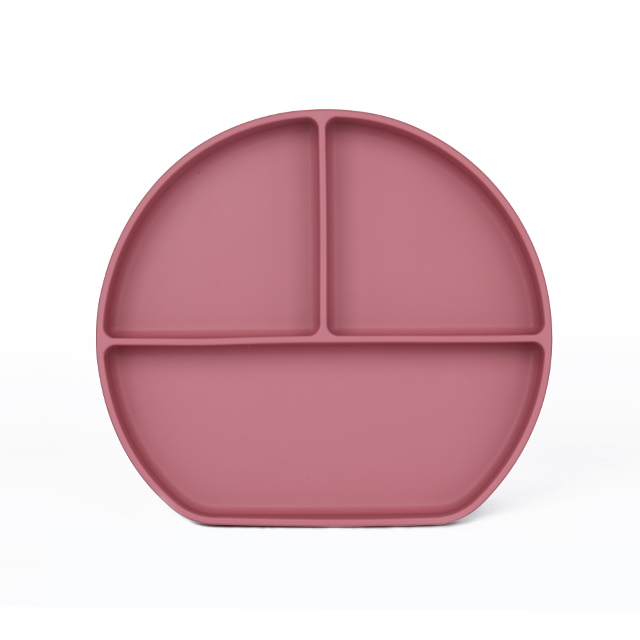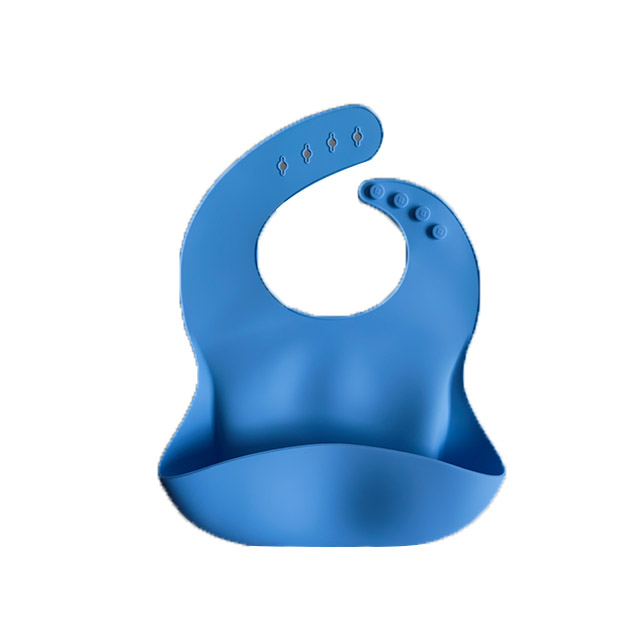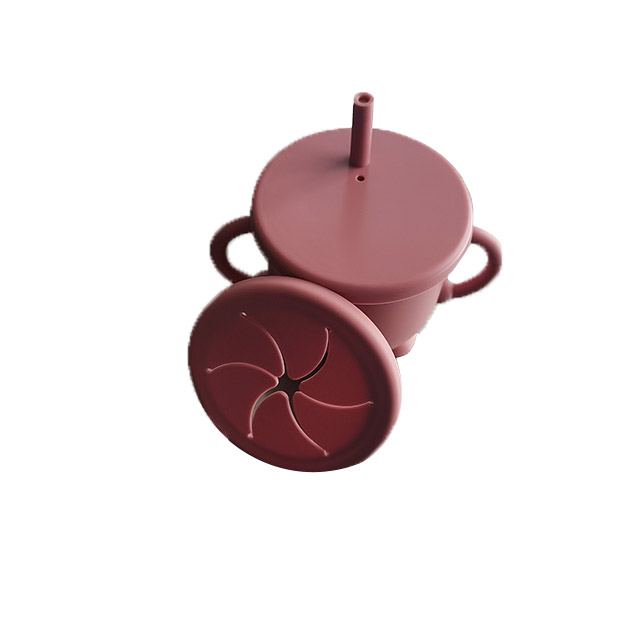For years, a tool that provides extremely fast heating of food and cooking has been found in almost every home’s kitchen: the microwave oven. It eliminates the tedious procedures of ovens and stoves, providing safer and more efficient service. Before using the microwave oven, you need to prepare a container to store delicious food and ensure that the entire operation does not damage your container or even leak harmful substances and cause chemical contamination of the food.
Silicone is a common and popular material of choice among food experts, often used to make products such as bowls, plates, bibs, snack cups, and more. Silicone has many unique properties such as excellent temperature resistance, durability, and flexibility, and is odorless, non-toxic, and non-stick. So, can containers made of silicone be microwaved? Is it safe to heat food in silicone bowls at high temperatures in the microwave?




The answer is yes, but only when used correctly.
In this article, we discuss whether silicone bowls are safe to use in the microwave, what temperature range they are safe in, and what to pay attention to before putting them in the microwave.
What is food grade silicone?
Silicone is an inert compound composed of repeated silicon-oxygen bonds forming an inorganic backbone (Si-O). The compound also contains carbon, hydrogen, and other elements. It mainly comprises non-toxic silica and carbon reacting with chemical reactions under special equipment and ultra-high temperature conditions, ultimately forming an organic polymer. Food-grade silicone is a polymer that does not contain toxic fillers (bisphenol A, BPA replacement BPS, and other petroleum-based chemicals) and is safe for human contact. It should be noted that not all silicone is safe. Standard or ordinary silicone is different from food-grade silicone. Standard silicone is the product that some manufacturers add fillers during the curing process. This cheap silicone is cost-effective, but when used in high-temperature microwave ovens, it can volatilize toxic substances and cause food contamination.
Benefits of food grade silicone
Food-grade silicone has excellent temperature resistance. It can withstand long-term exposure to microwave radiation without burning or being melted. It can withstand extremely low temperatures -80 °F (-60°C). This means you can safely place food you want to freeze into the silicone bowl and still put it into the freezer at low temperatures. In addition to the above benefits of using food-grade silicone, there are also the following:
Long-term anti-yellowing
Custom color
Easy to clean and disinfect
Excellent non-stick properties and fungus resistant
Excellent aging resistance
Available in any creative and convenient shape
Excellent mechanical properties (resistance to tearing and stretching)
Stain-resistant and neutral-smelling
Longer service life compared to other plastic materials
Can silicone bowls microwave?
The silicone bowl is made of food-grade silicone without residual reactive groups and is officially approved by the U.S. Food and Drug Administration (FDA). It can be safely used for baking or steaming without transferring or leaking harmful substances into in the food in the bowl.
Will silicone bowls emit toxic substances when heated?
The main component of food-grade silicone is silica. Its chemical structure is very stable which is an inert polymer with no redundant reactive groups to participate in reactions with other substances. The silicone bowls made from food-grade silicone, have excellent heat resistance and can withstand temperatures up to 450 °F (230°C), making them safe for use in microwaves and even ovens. In contrast to plastic bowls, silicone bowls can withstand ultra-high heat and will not degrade or emit harmful chemicals over a wide temperature range. While some bowls are labeled "microwave safe" on the bottom, this simply means it won't melt. You may use plastic bowls in your microwave, but our team recommends that you only use bowls made from non-toxic food-grade silicone. Because silicone bowls are the most reliable and safe option, they will not migrate from their surface and leach harmful and dangerous chemicals into the food you are cooking or reheating.
Are silicone bowls food safe?
The silicone bowl is an FDA-approved product and complies with food safety standards. Therefore, the silicone bowl can be in contact with food for a long time and will not retain the taste of food even if it is used multiple times. So using silicone bowls is absolutely safe for food.
Are silicone bowls safer than plastic bowls?
Compared with plastic containers, silicone bowls show higher heat resistance, cold resistance, durability, and environmental protection. Therefore it does not release nasty contaminants (cadmium, lead, BPA, BPS, phthalates) during microwave use.
At what temperature are silicone bowls safe?
The general baking and steaming temperature is around 200°C. The bowl made of food-grade silicone can be used in the temperature range of -60°C to +230°C for a long time. This means the bowl is safe to use during these temperature changes. However, exceeding the maximum temperature will cause some problems for the silicone bowl, such as becoming brittle and melting.
Are silicone bowls dishwasher safe?
Compared with rubber bowls, silicone bowls have excellent wear resistance and can withstand multiple cleanings. You can clean the bowls in a fully automatic dishwasher. If you are not satisfied with the cleaning effect of the dishwasher, you need to manually clean the silicone bowls with detergent. Note that bowls with powerful suction cups are best to choose a one-piece design, which is easier to clean and maintain hygiene.
After buying silicone bowls, how do you clean and store them before using them for the first time?
Rinse the surface of the bowl with clean water to remove dust that has clung to the surface due to static electricity.
Wipe with a soft cotton cloth or sponge.
Place it in a ventilated place to dry.
After drying or air-drying, the bowl should be placed in the cupboard immediately to avoid adsorbing dust or water molecules in the air again.
What details should you pay attention to before putting the silicone bowls in the microwave?
First, make sure the silicone bowls you buy are made of 100% food-grade silicone. You can find the answer from the instructions provided by the merchant. Once found to contain other harmful additives, this may affect the durability of the silicone bowls. Please stop using it immediately.
Second, make sure the bowls are intact after unpacking. If cracked, please do not use it and throw it in the trash.
Third, you need to sterilize the bowl before putting food in it for the first time. You can boil it for about 10 minutes.
Conclusion
The silicone bowls are 100% safe to use in the microwave. The premise is that you need to make sure you choose a silicone bowl with the highest performance and the highest level of safety testing and certification before use.




